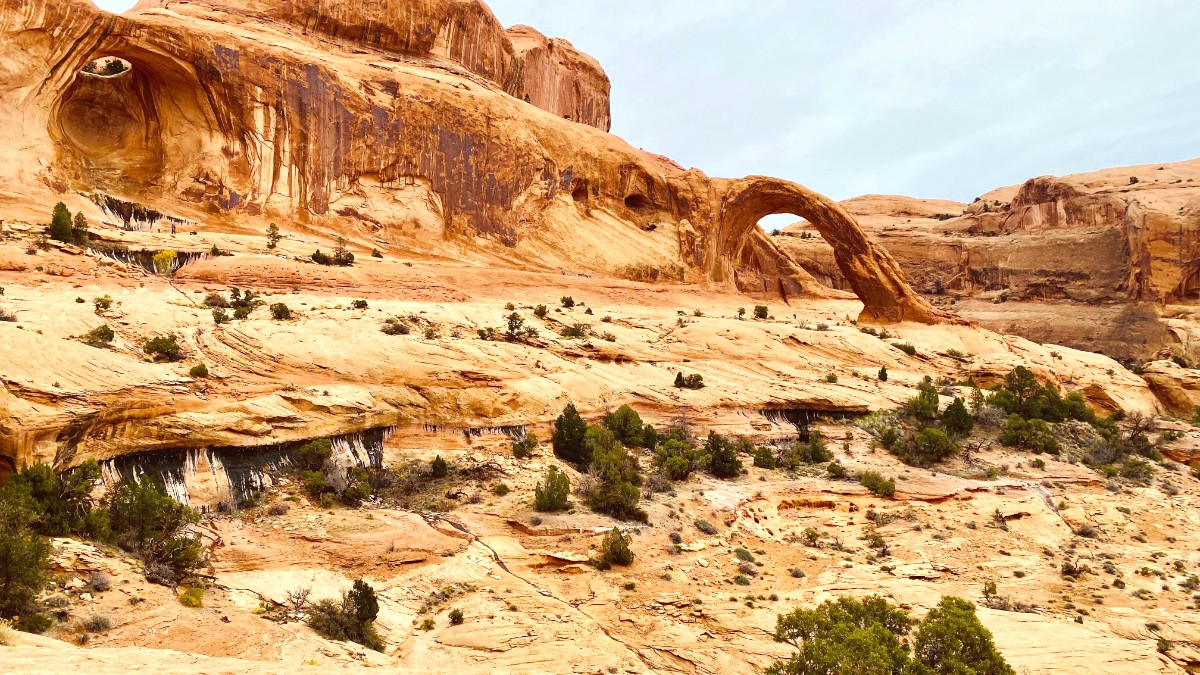
Southwest, USA
Moab does not possess a comprehensive public transit system like metros, trams, or fixed-route city buses that cover the town and its attractions. Travelers should consider alternative transportation for exploring the area.
Expect to rely on a private vehicle, rental car, or specific tour and shuttle services for transportation between attractions and the town. Plan your routes in advance, especially for visits to national parks.
Few independent taxi services operate. Taxis are not typically hailed on the street. Call and pre-arrange service.
Uber/Lyft are theoretically available, but driver availability is inconsistent and limited. Do not rely on these services for remote locations.
Use licensed taxis when available. For ride-sharing, verify driver and vehicle match app info. Share trip details with a trusted contact.
Standard U.S. Driving laws apply. Drive on the right side. Seatbelts are mandatory for all occupants. Obey speed limits.
Paved roads are good. Unpaved roads vary; check current conditions, especially after rain.
Free street parking is available, but it fills quickly during peak season. Many hotels offer private parking.
Lots at popular trailheads fill early. Arches National Park needs a timed entry reservation during peak season.
Moab presents opportunities for pedestrian and bicycle exploration, especially within town and on designated trails.
Avoid walking or cycling on busy highways (US-191) outside of designated pathways.
No hop-on-hop-off service. Various tour companies offer guided bus or van tours of Arches National Park, Canyonlands, and scenic drives.
No formal "boat taxi" service. Commercial rafting companies offer guided raft trips on the Colorado River for recreation.
For optimal flexibility and access to Moab's diverse attractions, a personal vehicle or rental car is the most practical transportation method.
Plan for limited services in remote areas and always prioritize safety.